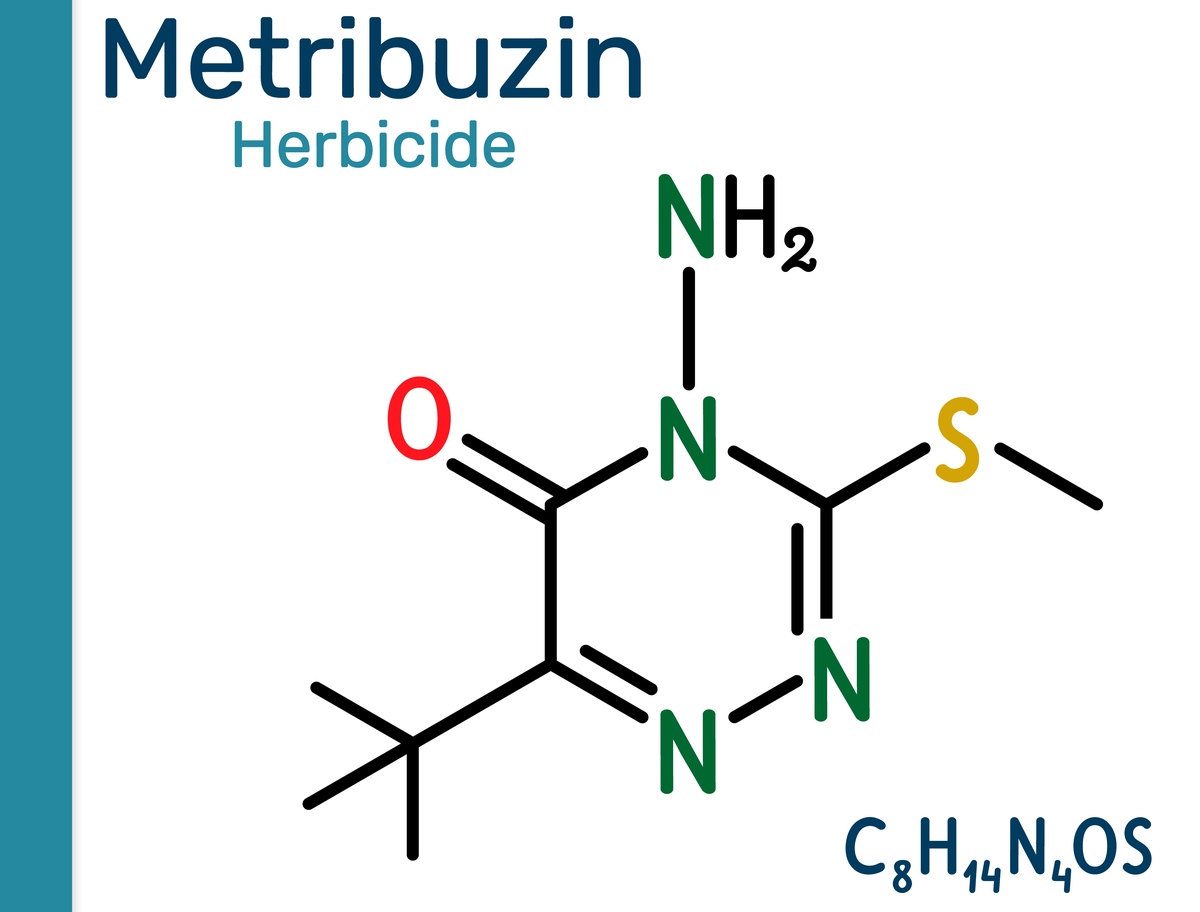Nylon 12 (PA12): Properties, Production, and Ring-Opening Polymerization
Nylon 12 (PA12) is a versatile engineering thermoplastic with an annual global production of 70,000 tons. It exhibits desirable properties including good electrical insulation, dimensional stability, and maintains its strength even at high relative humidity or sub-zero ambient temperatures. Despite its lower melting point compared to PA11, PA12 exhibits a low moisture absorption, contributing to its dimensional stability, albeit weaker than PA11. Furthermore, it is one of the least dense types of nylon. The industrial raw material for PA12 is dodecalactam, a cyclic amide produced through a multi-step process. Cyclododecanol and cyclododecanone are dehydrogenated in the presence of a catalyst at 230-245°C and atmospheric pressure to yield pure cyclododecanone. This compound then undergoes an oxime reaction and rearrangement, analogous to the production of caprolactam, resulting in laurolactam (dodecalactam). While the mechanism resembles that of other lactam nylons, the ring-opening polymerization of dodecalactam poses a greater challenge, typically requiring the addition of acids, amino acids, or nylon salts as ring-opening aids to facilitate the process.

原文地址: https://www.cveoy.top/t/topic/mNea 著作权归作者所有。请勿转载和采集!